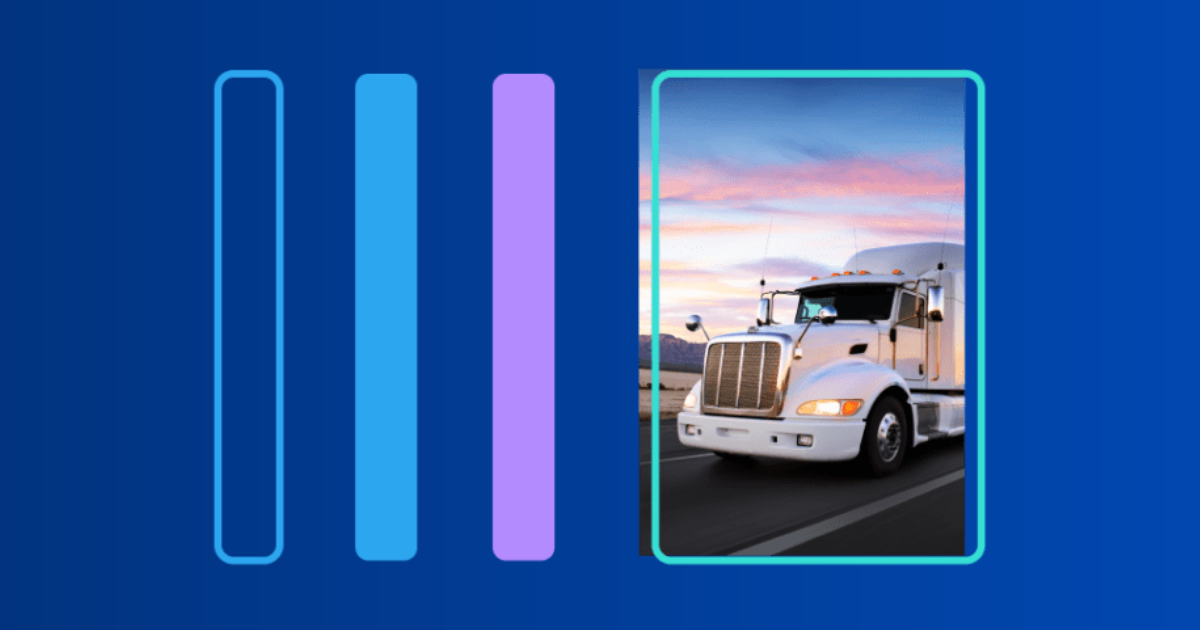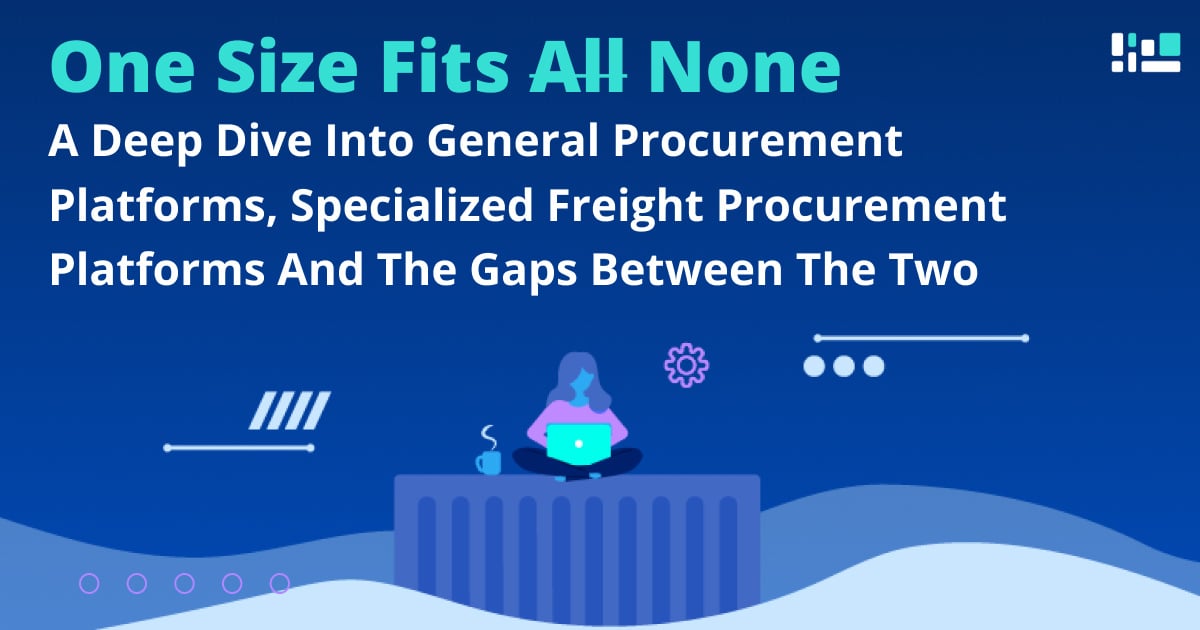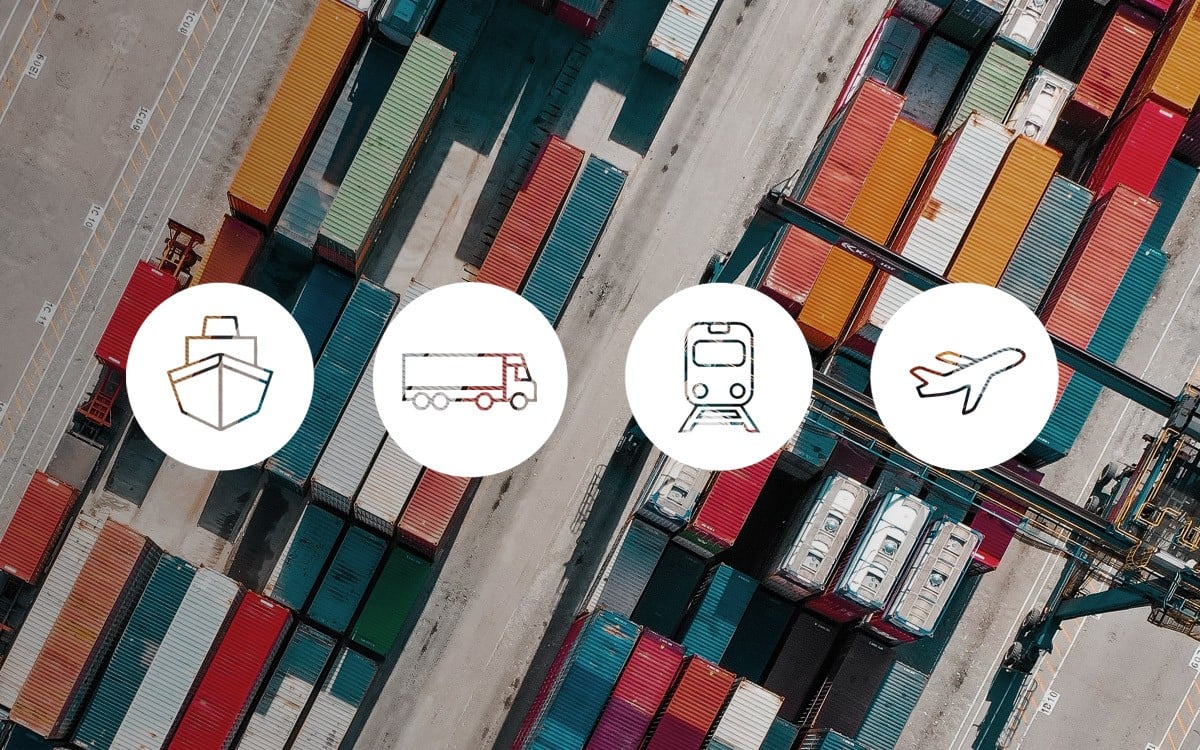By Christian Wilhelm, Founder and Managing Director at Shipsta by Freightos. Connect on LinkedIn here.
In 2015, nearly a decade ago, I was managing the relationship between Kuehne+Nagel, now the largest air and ocean forwarder in the world, and some of the world's largest companies. Honestly, you're probably reading this on a device one of them makes.
These companies set the highest standards for their procurement professionals.
But the roles, requirements, and especially skills, required of those same professionals are have evolved enough that it almost feels like a different job.
Procurement is, if anything, more important than it was in 2015.
But it's also more challenging.
So here’s how the role has evolved, based on hundreds of conversations with procurement leaders over the past year. Keep reading for:
- Why the role has changed so much
- Key skills required
- New procurement team orgs
- Data sources
- and more, of course
The Traditional Procurement Landscape: A Look Back
Let’s start with what the role was.
Ten years ago, procurement was a relatively straightforward process:
- Annual tenders were the norm
- Rates stayed fairly stable
- Relationships with logistics service providers (LSPs) were everything.
You had your procurement managers handling supplier relationships on one side, and data analysts working for them who provided supporting information about carrier scorecards and market trends on the other.

That world is gone. And the new one is a lot more interesting.
The Birth of the Data Manager
These days, procurement professionals have evolved into what I call "data managers." And trust me, this isn't just another buzzy title change and it’s certainly not a downgrade. It represents a fundamental shift in how procurement actually works. Today's procurement managers are juggling:
- Real-time market intelligence, including freight price changes, transit time changes, carrier GRIs, route updates, weather changes, and more
- Multiple data streams that need instant analysis, including shipment updates, changing inventory requirements, delays, deliveries and more
- Split-second decisions based on market conditions
- Sustainability metrics (that actually matter these days)
The procurement data backs up this new role
According to a recent research by Shipsta by Freightos, more than 50% of supply chain leaders expect complexity to increase over the next few years. More data, larger supply chains, and more decisions.
This is equally confusing since, much like my role in 2015, that human relationship matters too. Having the right data but no one picking up your phone during a port shutdown doesn’t help.
Source: Reuters
That creates a dramatic new balance for procurement professionals. Data should support decisions but procurement professionals can’t let data, JSONs and APIs be in the driver seat alone. Which means that the modern procurement professional needs to be able to:
- Access data
- Analyze the data
- Synthesize it with current oeprations
- Jump on the conference call to actually reach a resolution.
The wall between the procurement director and the data analyst must fall.
A New Playbook: From Procurement Manager to Data-Driven Leader
Let’s get practical on this. My colleague, Oliver Esch, once shared the role that data plays for him in procurement:
"I used to work with two laptops - one running calculations for 6-7 hours at a time, often erroring out at the end, while I tried to do my actual work on the other. That's how we handled carrier scorecards and rate analysis."
He spent hours crunching numbers that were probably days to weeks old in order to hammer out tenders that would only go into effect in months.
Today, that same analysis happens in real-time, enabling instant decision-making.
This evolution perfectly captures why procurement leaders need a new playbook, new tech, new teams and new data to make that happen:
Grab a modern procurement playbook that includes:
- A rating and tendering data strategy that brings all the data together, including:
- An audit of your current data sources across modes and regions
- Unified rate cards and tender histories
- Data quality controls for carrier submissions
- Clear KPIs that connect procurement to business impact
Create a new team architecture that:
- Hires for both industry knowledge (TEUs) and data fluency (SQL)
- Supports upskilling focusing on data tools
- Enables cross-functional team performance that incorporates real-time data into real-time vendor management
- Includes deep partnerships with IT but maintains procurement's seat at the technology table
Vet your technology to:
- Take an active role in vetting procurement and rate management platforms
- Focus on API capabilities for real-time market data integration
- Prioritize solutions that can scale across modes and regions
- Consider the full procurement ecosystem, from RFQ to invoice reconciliation
Improve market intelligence with:
Consider focusing your team on:
- Advanced freight rate analytics
- Digital tender optimization
- Sustainability and emissions tracking
- Real-time market benchmarking capabilities
The Modern Procurement Leader
The future of procurement belongs to leaders who can merge deep market expertise with data-driven decision-making capabilities.
This isn’t fluff.
A procurement team must take an active role in vetting tech, understand when its hit the point of diminishing returns on tech, prioritize where to invest in data and when not to, train correctly and lean into technology instead of burying heads in sand.
Leaning in and building teams around tech future-proofs organizations and operations. So make 2025 the year you invest in the talent so that they can invest in the right tools. Do it right and you’ll position your procurement organization as a strategic driver of business value.
Want to learn more about how technology is transforming procurement? Contact us to discover how digital procurement platforms are helping companies navigate this evolution.




